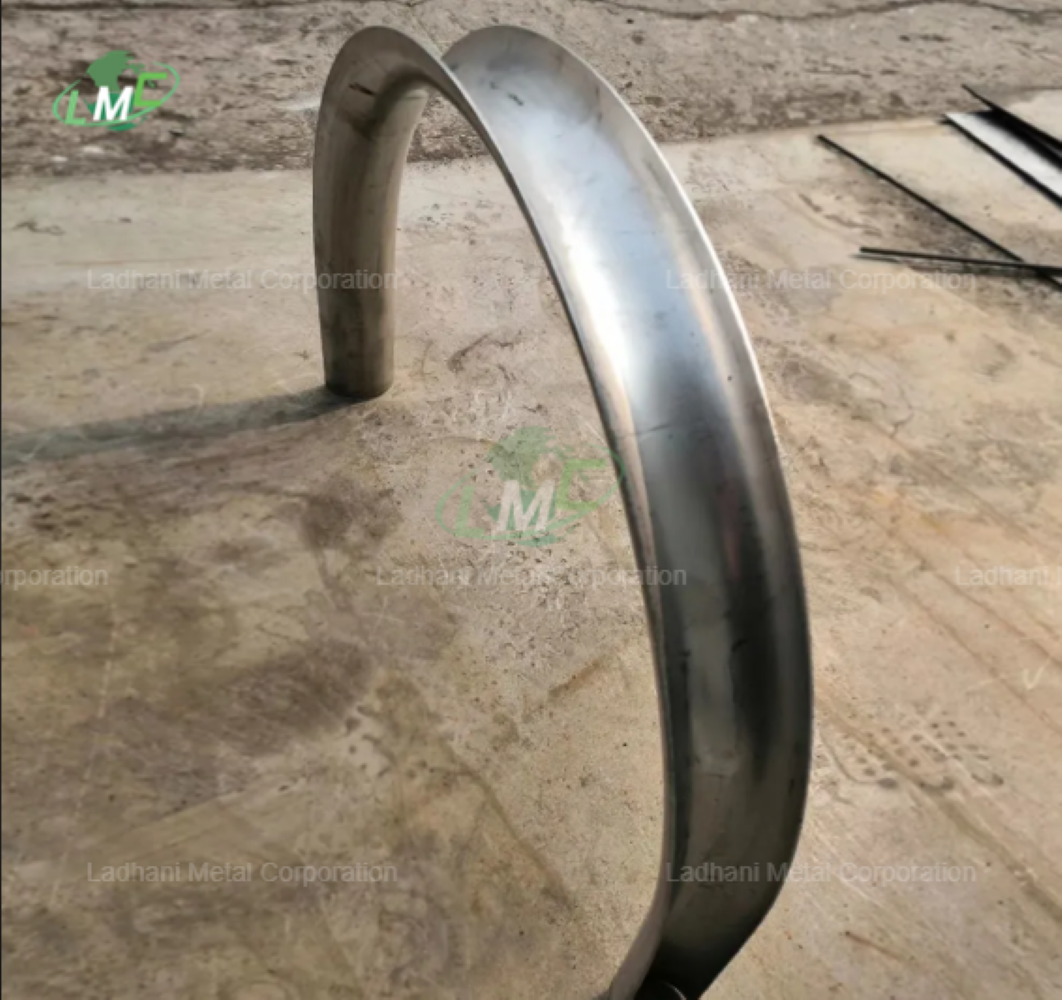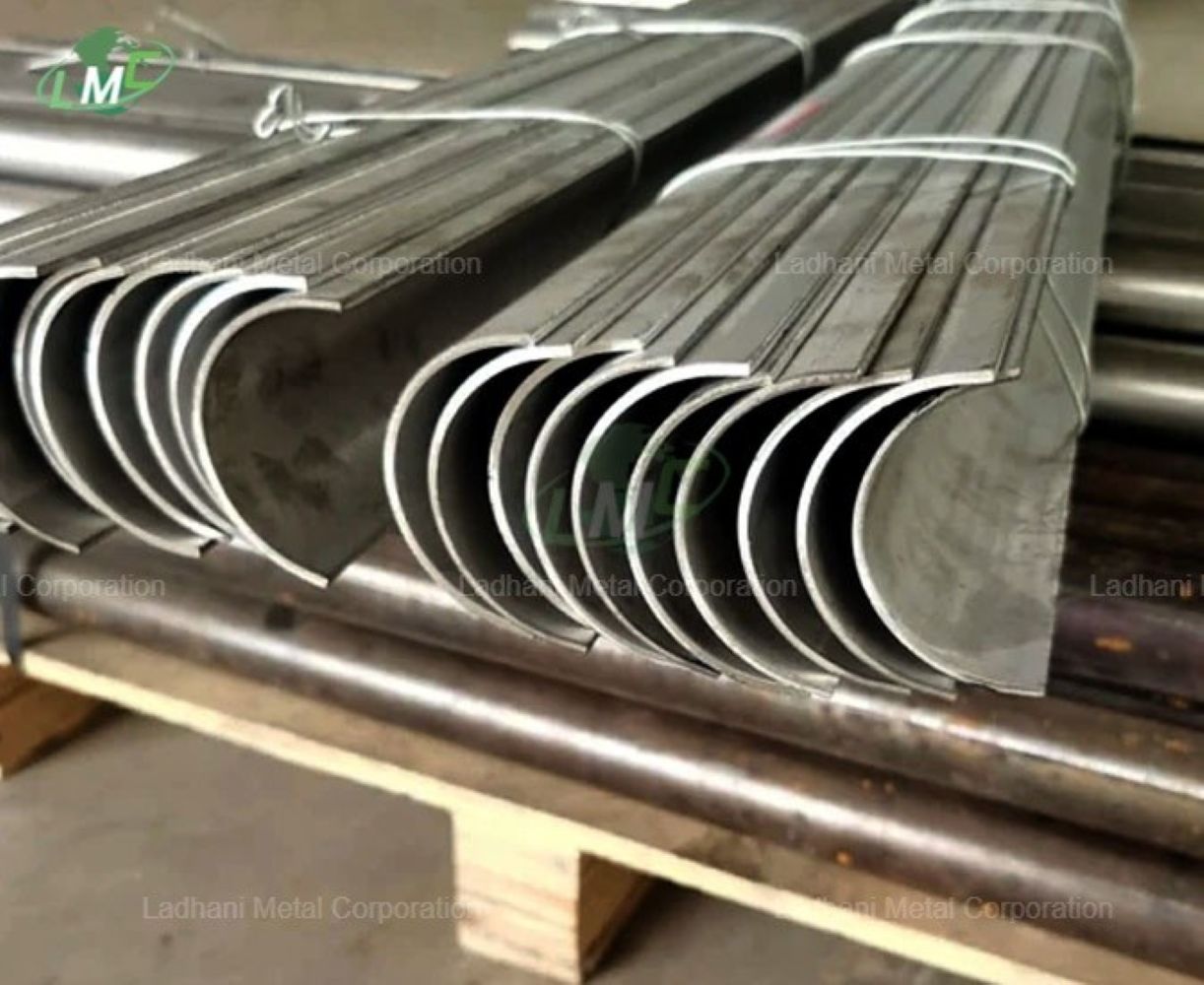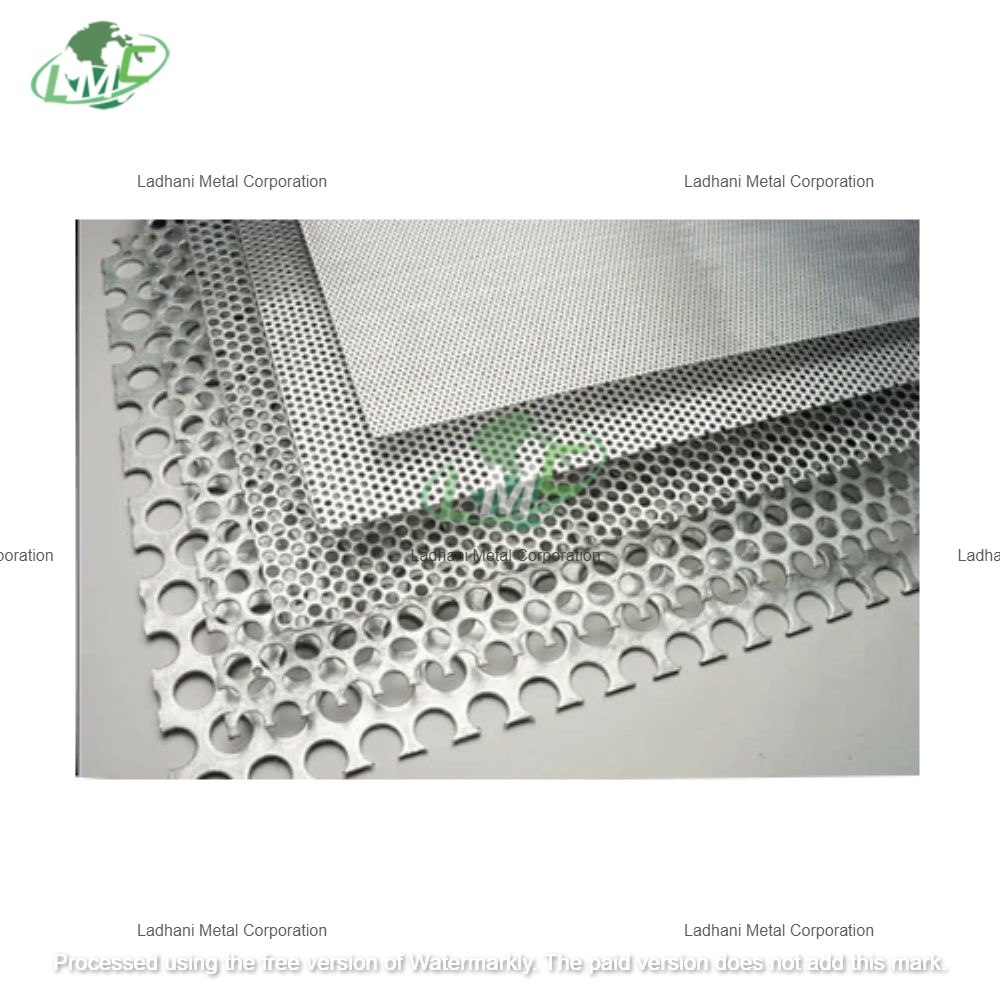Half Round Tube Shield Half Round Tube Shields by Ladhani Metal Corporation are engineered to provide robust protection for boiler, superheater, and heat exchanger tubes against high-temperature erosion, slag deposition, scaling, and corrosive gas exposure. These shields are essential in power plants, petrochemical systems, and high-heat industrial environments where tubes are vulnerable to rapid degradation due to thermal cycling and particulate flow. The half-round design ensures quick installation over curved or straight tube sections without system disassembly. U Type Inner Half Round Tube Shield The U Type Inner Half Round Tube Shield is specially designed to protect the inner curvature of U-bend tubes, which often experiences high levels of turbulence, localized corrosion, and scaling due to gas redirection and mechanical stress. Inner shields are commonly paired with outer shields for full bend protection and are manufactured in a wide range of stainless steel and high-temperature alloy grades, customized to specific environmental and system requirements. Ladhani Metal Corporation is a trusted manufacturer, supplier, and exporter of U Type Inner Half Round Tube Shields in various material grades, offering tailored protection solutions for high-temperature and corrosive conditions across multiple industries. Available Grades • SS 304 – General-use stainless steel with good corrosion and heat resistance • SS 304L – Low-carbon version for improved weldability and reduced carbide precipitation • SS 316 – Molybdenum-added alloy with excellent resistance to pitting and chlorides • SS 316L – Low-carbon alternative for superior corrosion resistance in welded environments • SS 310 – Austenitic high-temperature steel with excellent oxidation resistance • SS 310S – Low-carbon SS 310 for better thermal fatigue performance • SS 410 – Martensitic stainless steel with good strength and abrasion resistance • SS 420 – High-hardness martensitic grade ideal for erosion-prone zones • SS 430 – Ferritic grade for moderate corrosion and oxidation resistance • 1Cr13 – Martensitic stainless steel offering mechanical protection and heat resistance • 1Cr18Ni9Ti – Titanium-stabilized grade offering resistance to intergranular corrosion • Cr23Ni13 – High-temperature alloy with excellent oxidation and scaling resistance • Cr25Ni20 – High-performance grade for extreme thermal and oxidizing conditions • 1Cr25Ni20Si2 – Heat-resistant alloy with silicon for improved scale resistance • 1Cr20Ni14Si2 – Alloy for thermal fatigue protection and oxidizing environments Applications • Inner arc protection in U-bend tubes of boilers, superheaters, and reheaters • Shielding internal curves of tubes in waste heat recovery boilers (WHRBs) and HRSGs • Corrosion and scale defense for inner tube arcs in petrochemical and steam reforming units • Inner surface protection in furnace coils, reformers, and incinerators • Installed in chemical plants and thermal systems prone to turbulent flue gas exposure Features • Focused inner arc protection – Guards the most corrosion- and scale-prone surface of U-bend tubes • Material flexibility – Available in multiple grades for varied thermal, mechanical, and chemical requirements • Excellent thermal resistance – Withstands extreme temperatures depending on material (up to 1150°C+) • Precise fit – Custom-fabricated to match exact tube dimensions and bend radii • Simple installation – Mounted using clamps, stainless bands, or welding techniques • Dual-shield pairing – Can be combined with outer shields for complete U-bend coverage • Long-lasting performance – Enhances tube reliability and reduces maintenance in high-wear zones Applications • power generation – Protects U-bend inner surfaces in superheaters and economizers from flue gas turbulence • petrochemical plants – Shields inside arcs in reformers and heaters exposed to chlorides and acidic gases • waste heat systems – Installed in HRSGs and WHRBs to prevent slag and oxidation on internal bends • chemical industries – Suitable for reactors and high-temperature exchangers handling corrosive media • cement and metallurgy – Used in systems exposed to flame, dust, and oxidizing atmospheres Conclusion The U Type Inner Half Round Tube Shield by Ladhani Metal Corporation – manufacturer, supplier, and exporter – is a precision-engineered solution for protecting the inner arc of U-bend tubes against corrosion, scale formation, and thermal damage. Available in a wide range of stainless steels and high-temperature alloys, these shields provide durable, customizable, and easy-to-install protection for critical components in power, chemical, and thermal processing systems. For custom sizes, technical assistance, or quotations, please contact Ladhani Metal Corporation.
Send Message








